The problem of wilted flowers in a pot is familiar to all lovers of beauty. The reason for such troubles is not always the slowness of the owners. Permanent business trips or other troubles do not allow timely attention to the “flowerbed” on the windowsill. Inexperienced gardeners and those who often have to go home from work should get unpretentious indoor flowers.
Content
Dracaena
A fairly undemanding flower belonging to the Asparagus family. Coloring of leaves monophonic green or motley. Monochrome shrubs do not need to be additionally highlighted, they grow well in shading, and variegated need to provide light.
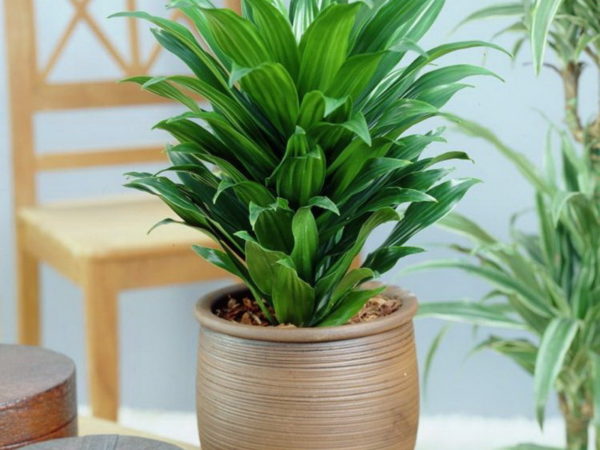
Moisturize it every 3-4 days. But it can survive in arid climates and without irrigation for up to 10 days. Dracaena is grown because of its decorative leaves. One has only to provide the plant with diffused light and the corresponding temperature regime, and it will delight the hosts for a long time. No need for frequent transplants.
 You may be interested in:
You may be interested in:Ficus
Exotic tall flower. There are no special requirements for personal care, but there are some difficulties in its cultivation. In the natural environment, you can find dwarf species whose height does not exceed 15-20 cm, there are also quite tall species, growing up to 3 m in height.
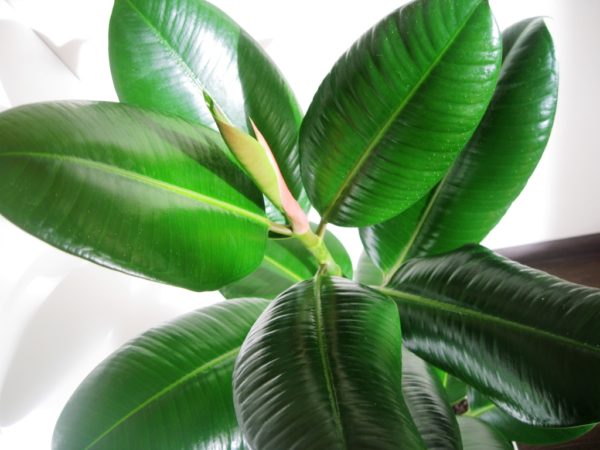 Most often, ficus is grown at home to purify the air, as well as for the leaves of a decorative appearance. Small flowers are not particularly valuable, but foliage is used to treat skin diseases.
Most often, ficus is grown at home to purify the air, as well as for the leaves of a decorative appearance. Small flowers are not particularly valuable, but foliage is used to treat skin diseases.
Some difficulties in caring for this plant are visible, but they are on the shoulder for an inexperienced gardener. Each type of indoor ficus requires certain conditions.
 You may be interested in:
You may be interested in:Aloe
Known for its medicinal properties, so it can be found in almost every home. As with other grassy succulents, a large supply of moisture is retained in powerful leaves.
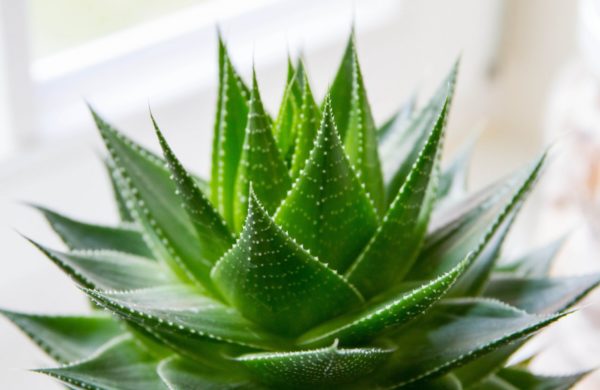 The plant’s advantages include its unpretentiousness and the fact that it is often not necessary to moisturize and spray aloe. It feels great in dry, hot weather.
The plant’s advantages include its unpretentiousness and the fact that it is often not necessary to moisturize and spray aloe. It feels great in dry, hot weather.
In the summer months, the plant is "watered" every week, in the winter - 1 time per month. The soil in the pot is changed every 3 years.
The plant can be kept anywhere in the room, not necessarily only on the windowsill. Maintenance temperature: in winter at least 10 ° C, in summer - up to 27 ° C. It is worth considering that aloe leaves do not tolerate direct sunlight.
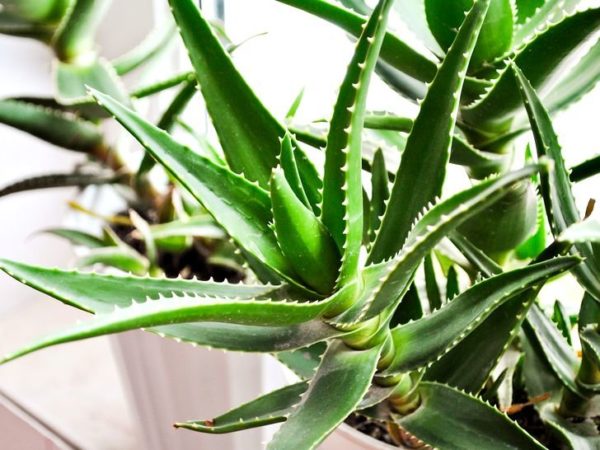
Crassula
A fairly common flower among lovers of indoor plants.People call it the money tree. Belongs to the family Crassulaceae, so many people know as the Crassulaceae. It is adapted for cultivation on a windowsill; it is not afraid of direct sunlight. It grows quite slowly, and therefore is transplanted only when it becomes too crowded in a flowerpot.
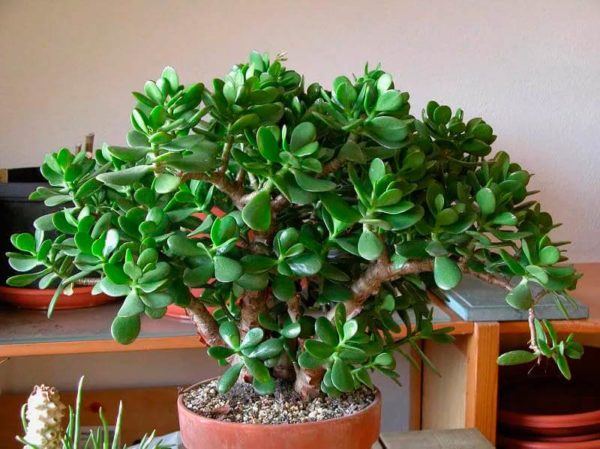
Flowers of a small size, white tint. Crassula is fed in the summer, once a month is enough. The plant is unpretentious in care, there is no need to spray it. It doesn’t matter if it was not possible to moisten the soil on time, the moisture in the leaves will last for 3 weeks.
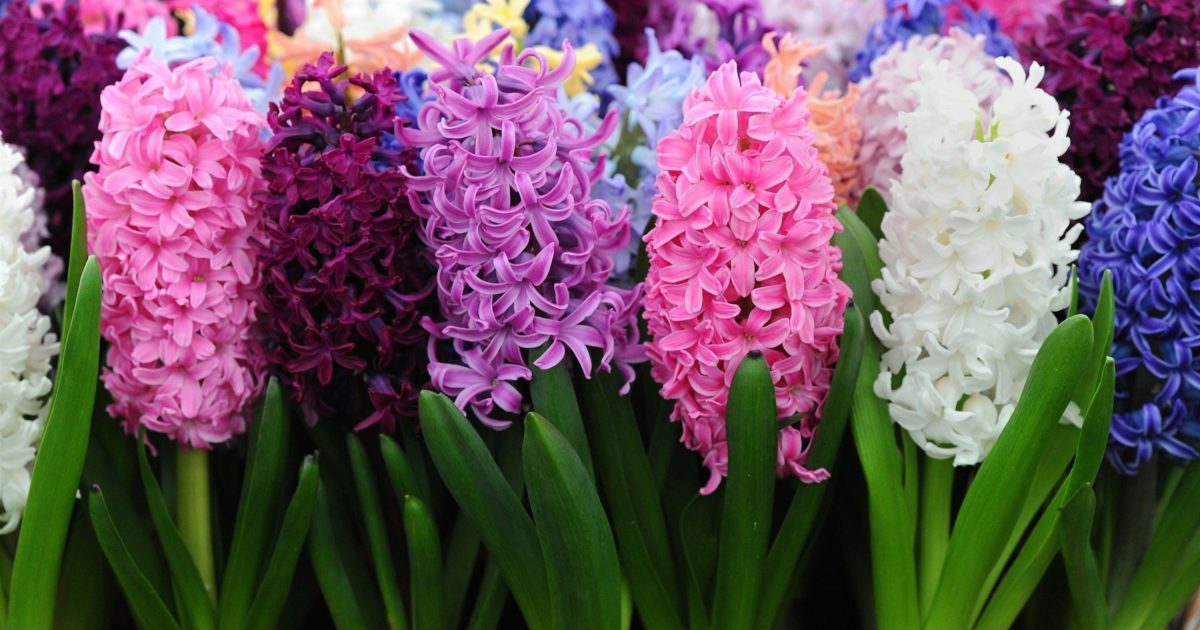 You may be interested in:
You may be interested in:Monstera
Perennial exotic plant. They are distinguished by the type of color of the leaves, there are plain and variegated. There are no special care requirements, it must be shaded so that the sun's rays do not fall. The green beauty grows slowly, therefore it is rarely transplanted - 1 time in 4 years. On the leaves, the length of which reaches 1 m, in the middle there are slots.
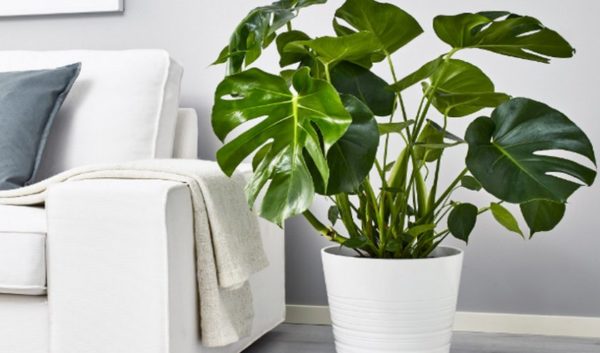
Growing at home practically does not bloom. It’s a bit capricious, because when the temperature drops to +12 ° C, the vegetative processes slow down. Favorable temperature for growth + 20 ... + 22 ° С. It is also picky in moisturizing: poor irrigation has a bad effect on the growth of the monstera, but it also tolerates poorly. In the cold season, she needs 1 watering per week.
Asparagus
The flower is suitable for growing novice growers, you do not need to have special skills in caring for it. The flowers of asparagus are small in size, unprepossessing. It is kept because of exotic leaves. There are quite a few species and types that differ significantly from each other. Watering is carried out infrequently, focusing on the topsoil.
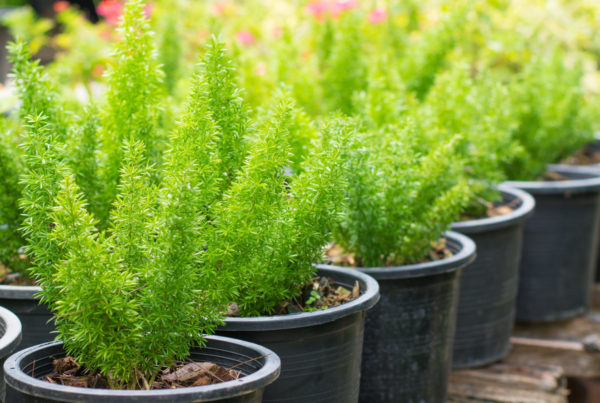
The disadvantages include the need for annual transshipment of plants. In the hot season loves spraying. In direct sunlight feels bad, prefers bright but diffused light. In a dark place, he is comfortable.
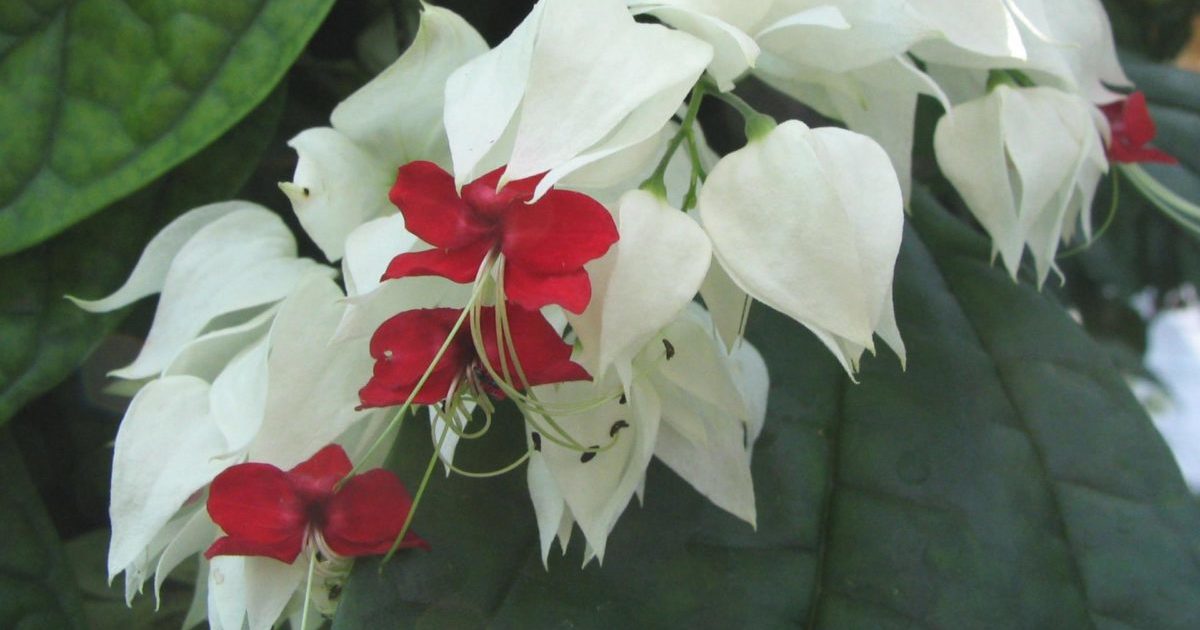 You may be interested in:
You may be interested in:Aspidistra
Unobtrusive grassy plant, inhabitant of greenhouses and offices. Aspidistra, cultivated at home, does not throw out flowers; they grow it only for the sake of colorful-elegant greenery.
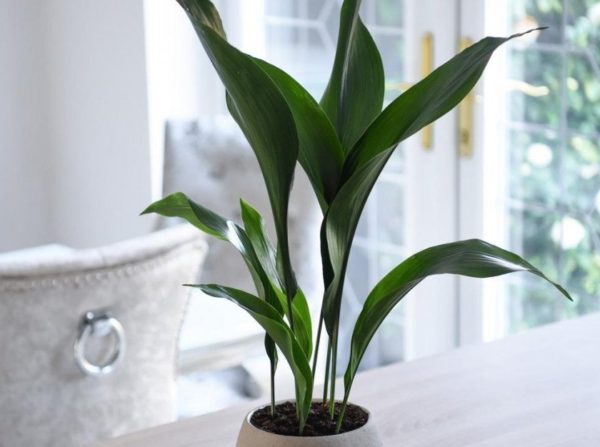
Increased requirements for temperature does not show. As long as the room was not colder + 3 ... + 5 ° C. Irrigation is carried out weekly. Transplanted every 3-5 years.
The height of the aspidistra grows to 70 cm. Some varieties develop well in the shade, but in the summer the plant needs to be shaded. Subject to the rules of irrigation, the owners will be pleased for a long time.
Nolina (sidebar)
Another name, bottle palm, received due to the shape of the crown. Has narrow, lanceolate leaves. It easily tolerates temperature changes and arid climate. But if the soil dries up, the ends of the leaves also begin to fade. Therefore, the soil should be moistened all the time. In the root, nolins accumulate in sufficient quantities to ensure healthy growth of moisture.
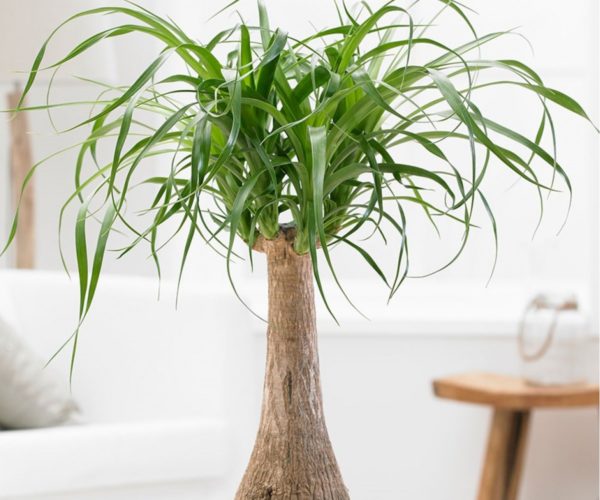
Direct sunlight does not harm the plant, but it does not grow in shading. Transshipment is performed no more than 1 time in 4 years, and nolin is fed systematically (twice a month).
Sansevieria
The height of the plant is up to 1 m, it is popularly called the pike tail and mother-in-law's tongue. With excessive irrigation is doomed to death. In summer you need to limit yourself once a week, in winter - once every 3 weeks is enough.
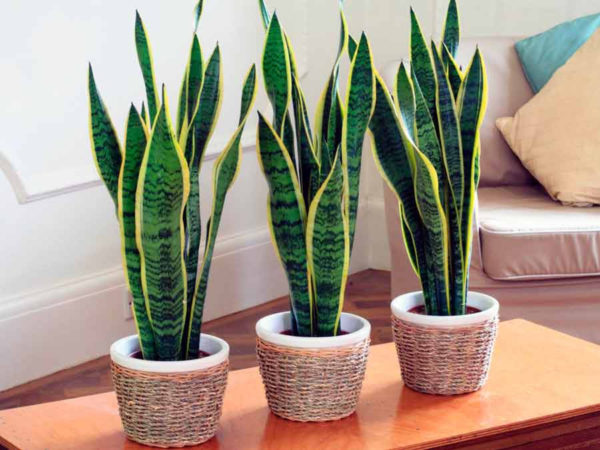
When the root completely fills the pot, sansevieria is transplanted. The flowers are small white. Gardeners adore her for the strap-like leaves, the color of which is similar to the motley skin of a snake. The average temperature of the content is from 18 to 28 ° С, in winter it is not lower than +13 ° С.
Sansevieria is a lowly plant: it grows well in shading, and feels tolerably well in direct sunlight. They feed it once a month only in the summer.
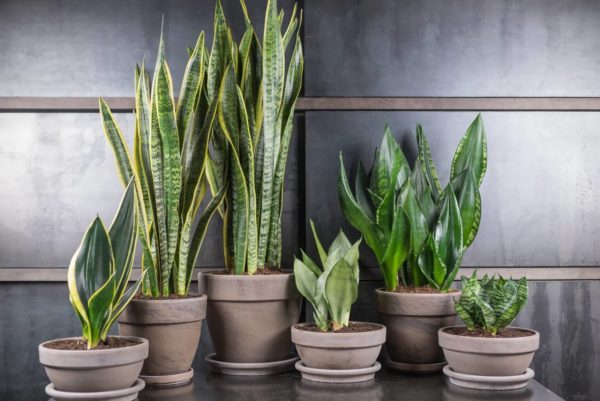
Chlorophytum
An herbaceous plant that is easy to care for. In the apartment it is placed in the kitchen, as it has the ability to purify the air. Variegated varieties of chlorophytum need more sunlight than ordinary varieties.
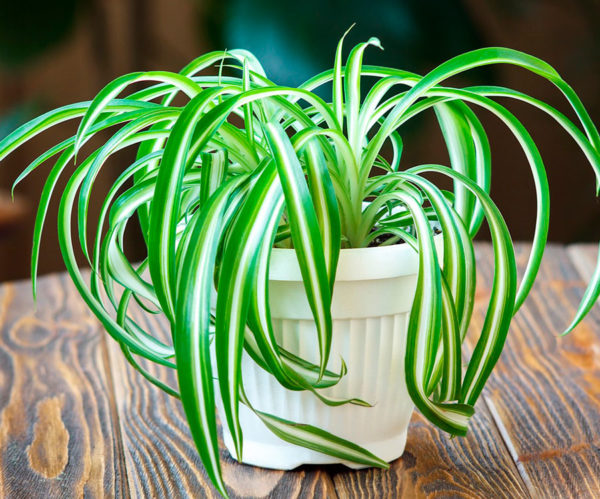 If he lacks lighting, he will signal this by throwing off the foliage. Moisturize 1-2 times a week, guided by the drying of the topsoil. Top dressing is done monthly. Transplanted when the root fills the entire pot. It has its drawbacks: it does not tolerate drafts and waterlogging of the soil.
If he lacks lighting, he will signal this by throwing off the foliage. Moisturize 1-2 times a week, guided by the drying of the topsoil. Top dressing is done monthly. Transplanted when the root fills the entire pot. It has its drawbacks: it does not tolerate drafts and waterlogging of the soil.




 10 beautiful annuals that bloom all summer
10 beautiful annuals that bloom all summer Platicodon planting and outdoor care
Platicodon planting and outdoor care Hosta - planting and care in the open ground in the Urals
Hosta - planting and care in the open ground in the Urals